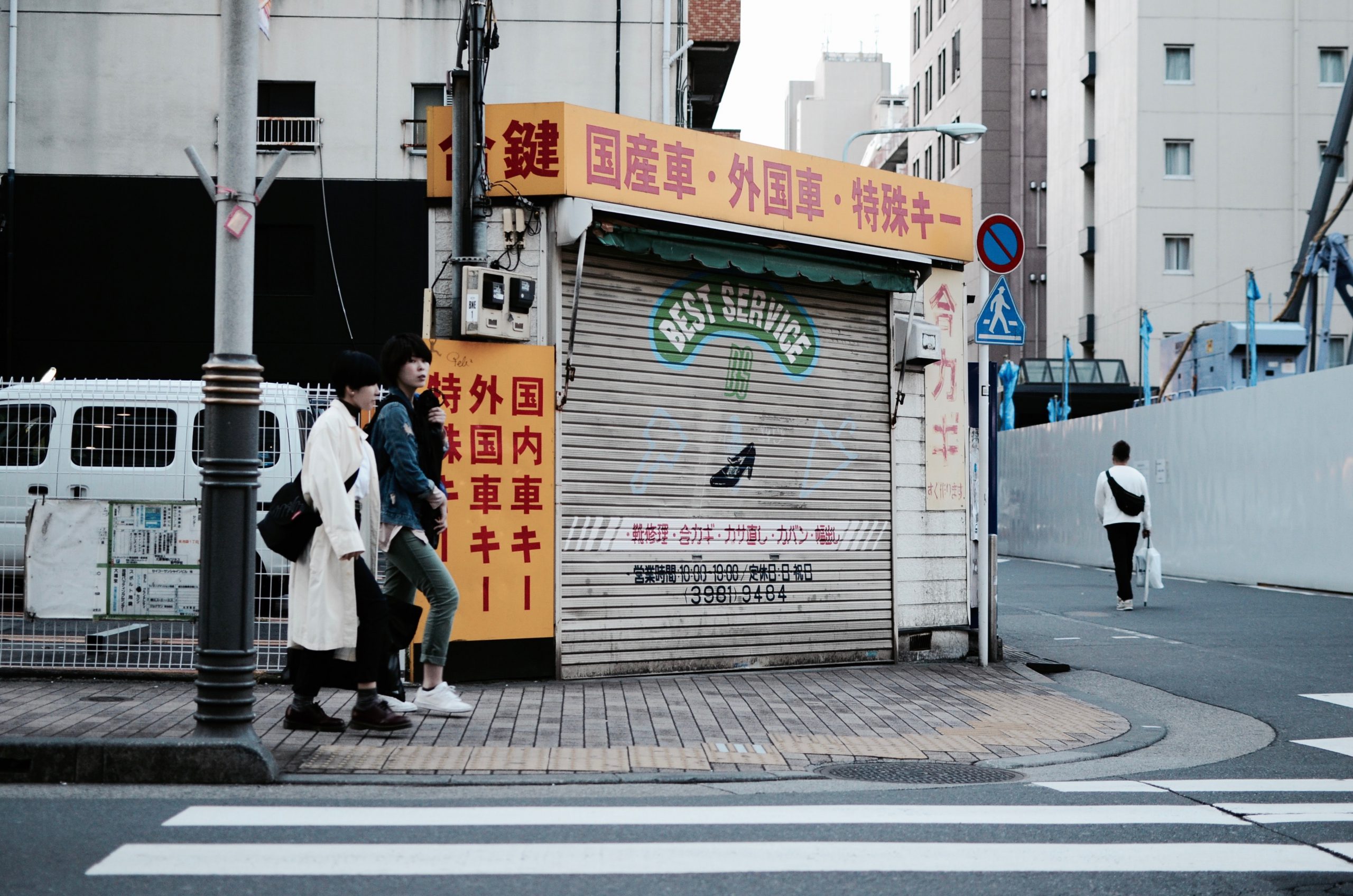
There has been much talk about how road use is changing during lockdown. With less cars and more pedestrians on the streets, a number of cities are embracing changes that walking and cycling and enable social distancing. We spoke to Mário Alves, International Federation of Pedestrians, Portugal; Chana Widawski, Families for Safe Streets, US; and Rod King, 20’s Plenty for Us, UK, for their take on the changes that they perceive in their own cities and around the world.
Families for Safe Streets, working with Transportation Alternatives, has been running a campaign, which it has adapted for social distancing, called Open Streets. The main call is for better, safer spaces for pedestrians and cyclists. In light of the COVID-19 pandemic, it points out that New York’s sidewalks are not wide enough for social distancing, that people cannot stay the required distance apart. The campaign has a simple, direct call for action. It invites members of the public to measure their sidewalk and to send a message to their decision makers. Read more HERE.
Some cities have already made temporary changes to free up road space to encourage walking and cycling or empowered local authorities to be able to do so. Mário points to the concept of sanitary corridors, where bollards are used to create wider sidewalks or new lanes for cyclists, enabling social distancing and forcing more car density (more cars per lane), which also reduces speeds. He cites Berlin as an example. Chana Widawski, Families for Safer Streets, cites the 100 miles (160 kilometers) of roads that will be repurposed in New York to respond to the increased need for walking space.
In some cities, whole roads have been closed temporarily to traffic, so that streets are pedestrian-only during the pandemic.
Temporarily reducing car lanes is also an effective way to reduce speeds, says Mário. In general, 3 meters is enough for major roads, and 2.5 meters for local roads. There is a lot of “fat” in most cities with car lanes above 3.5 meters.
Traffic-calming measures are not necessarily permanent or expensive. Mário says there is much that can be achieved “fast and cheap” with bollards or planters, such as chicanes, pinch-points, center refuges, roundabouts, parking alternating sides of the street every 60 meters, and so on. He says, “One of the cheapest, and fast, ways to do it is to reduce the radii of curvature of the interceptions — the sharper the curve, the slower the vehicle will turn. Pedestrians and cyclists being hit while vehicles are turning is a major problem and now, with less traffic, might be even worse. The reduction of radii can be done cheaply with cones, planters (not very high, to not hide children), bollards (even if plastic and flexible).”
Enforcement is key at this time: streets are quiet, but excessive speeding has increased. Plus, an increased number of vulnerable road users, pedestrians, and cyclists are using the streets. Keeping speed cameras on, even if police themselves cannot be physically present, is important. See our interview with Detective Superintendent Andy Cox, Metropolitan Police, on how his force is handling speed during lockdown. Find it HERE.
The Lower the Baseline campaign, supported by 20’s Plenty for Us, calls for a reduction in speed limits. The focus of the campaign is to reduce the number of hospital admissions to enable capacity for COVID-19 patients. Road crashes are a significant source of emergency hospital admissions; reduced speed decreases the number and severity of crashes. 20’s Plenty for Us has produced some vox pops showing people around the country saying why they support doctors in their call for an emergency national 20 mph (30 kmph) urban speed limit. See them HERE. Brussels, Belgium, has announced a 20 kmph speed limit, commencing from 1 May 2020, in order to make the roads safer during the pandemic.
In many cities, pedestrian crossing lights are controlled by pressing a button and waiting for a green light, on the assumption that motor vehicles should have priority. Several cities have automated these lights during lockdown so that they go green automatically. This means not only that pedestrians do not have to touch a potentially infected surface but that they are considered to be a valid road user who gets a turn.
—————-
Some signs that the lessons of COVID-19 for mobility are being accepted for the future: Milan has already announced that the temporary measures implemented for lockdown will be extended and developed to create permanent improvements to the city’s urban mobility. Will other cities and communities also wake up to the benefits of walkable, bikeable, pollution-free cities? Sign up for our Alliance Live Session What COVID-19 Is Teaching Us about Sustainable Mobility: Lessons for the Future, which will be facilitated by Mário. Read more HERE.